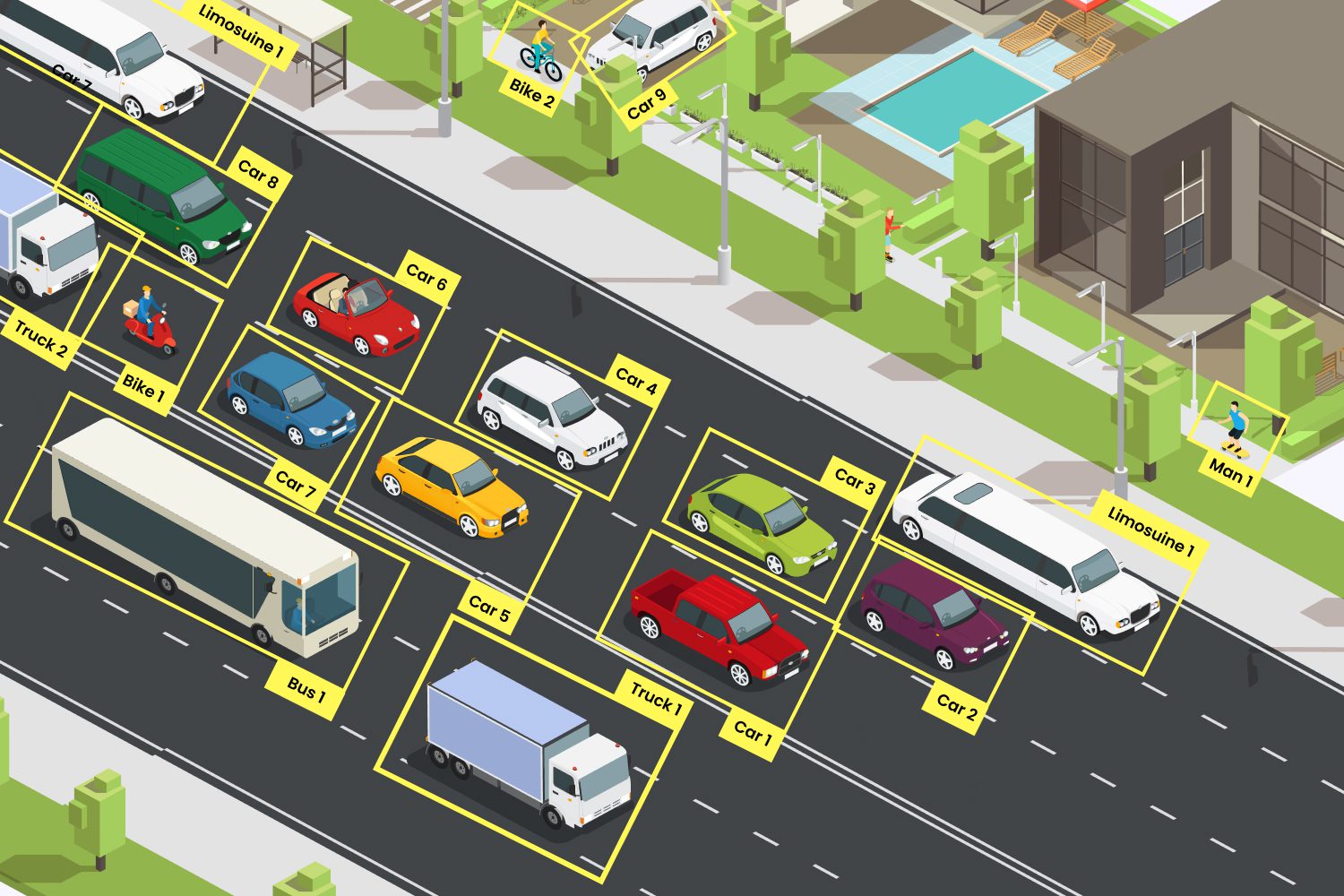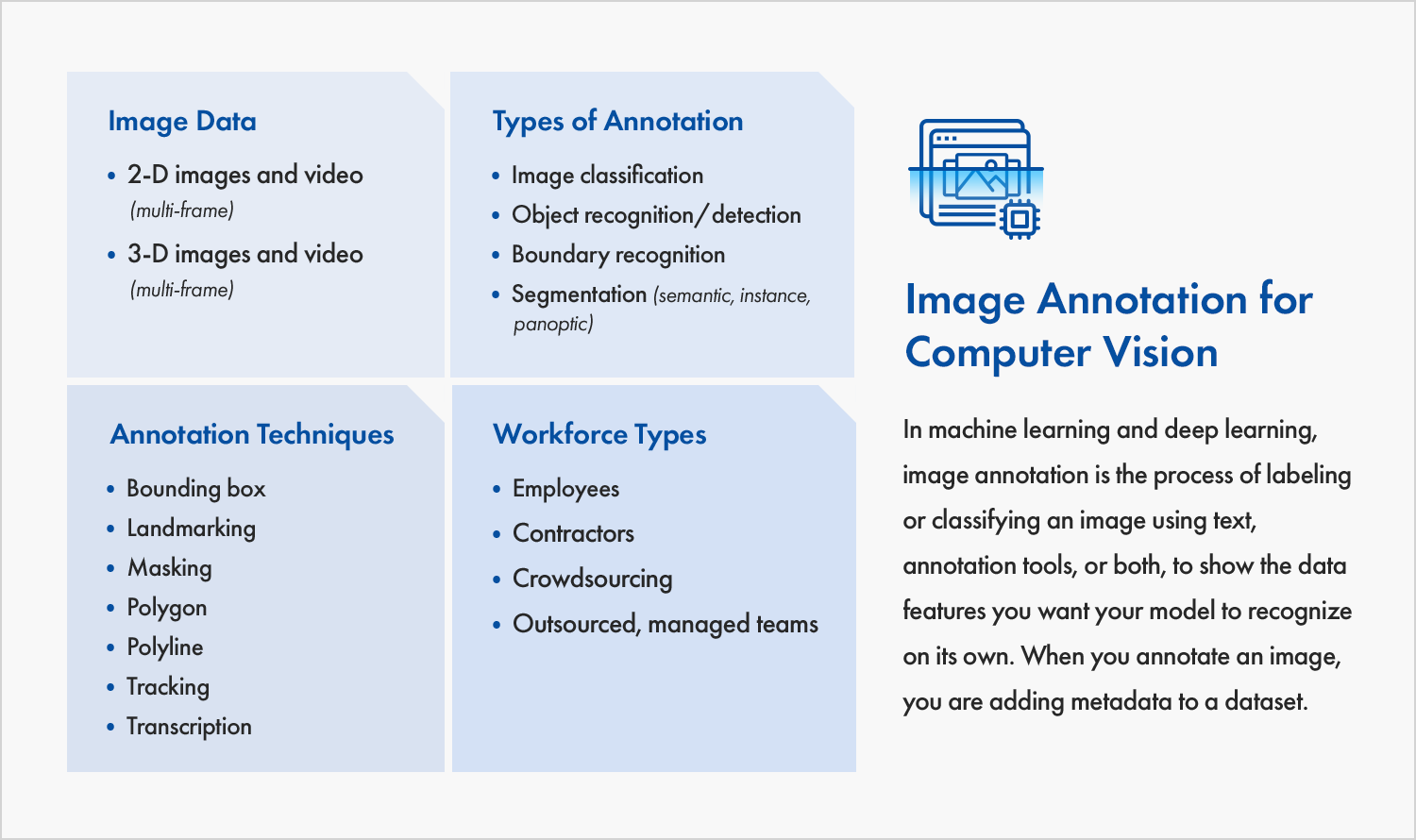

"An inference network approach to image retrieval" (PDF). Proceedings of MM'04.ĭ Metzler & R Manmatha (2004). "Effective Automatic Image Annotation via A Coherent Language Model and Active Learning" (PDF). Proceedings of the 16th Conference on Advances in Neural Information Processing Systems NIPS. "A model for learning the semantics of pictures" (PDF).

Proceedings of International Conference on Computer Vision. "Learning the Semantics of Words and Pictures".

"Automatic Linguistic Indexing of Pictures by a Statistical Modeling Approach". "Real-time Computerized Annotation of Pictures".

Automatic linguistic indexing of pictures."Learning-Based Linguistic Indexing of Pictures with 2-D MHMMs". Proceedings of the European Conference on Computer Vision. "Object recognition as machine translation: Learning a lexicon for a fixed image vocabulary". P Duygulu K Barnard N de Fretias & D Forsyth (2002). Proceedings of the International Workshop on Multimedia Intelligent Storage and Retrieval Management. "Image-to-word transformation based on dividing and vector quantizing images with words.". ( November 2022) ( Learn how and when to remove this template message) Please help improve this section if you can. The specific problem is: long and multiline format. This section may require cleanup to meet Wikipedia's quality standards. Object categorization from image search.The traditional methods of image retrieval such as those used by libraries have relied on manually annotated images, which is expensive and time-consuming, especially given the large and constantly growing image databases in existence. Certain image features in example images may override the concept that the user is really focusing on. CBIR generally (at present) requires users to search by image concepts such as color and texture, or finding example queries. The advantages of automatic image annotation versus content-based image retrieval (CBIR) are that queries can be more naturally specified by the user. Work following these efforts have included classification approaches, relevance models and so on. The first methods learned the correlations between image features and training annotations, then techniques were developed using machine translation to try to translate the textual vocabulary with the 'visual vocabulary', or clustered regions known as blobs. Typically, image analysis in the form of extracted feature vectors and the training annotation words are used by machine learning techniques to attempt to automatically apply annotations to new images. This method can be regarded as a type of multi-class image classification with a very large number of classes - as large as the vocabulary size. This application of computer vision techniques is used in image retrieval systems to organize and locate images of interest from a database. Output of DenseCap "dense captioning" software, analysing a photograph of a man riding an elephantĪutomatic image annotation (also known as automatic image tagging or linguistic indexing) is the process by which a computer system automatically assigns metadata in the form of captioning or keywords to a digital image.


 0 kommentar(er)
0 kommentar(er)
